-
main-collection-product-grid
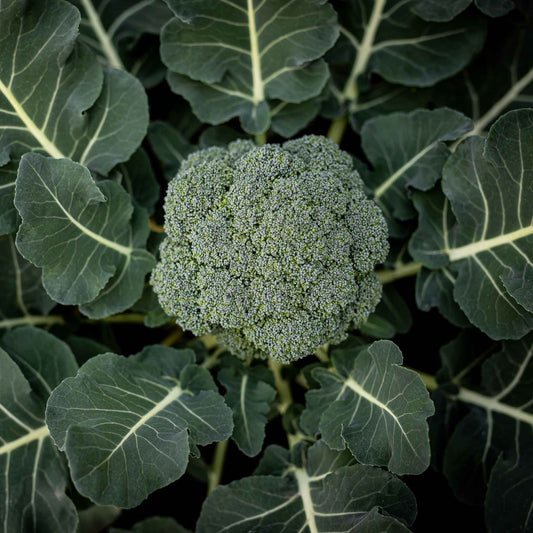
Broccoli Seeds - Calabrese
Popular broccoli among home gardeners; great flavorSaleBroccoli Seeds - Calabrese
Popular broccoli among home gardeners; great flavorRegular price As Low As $4.99Regular priceUnit price per$46.99Sale price As Low As $4.99Sale -
main-collection-product-grid
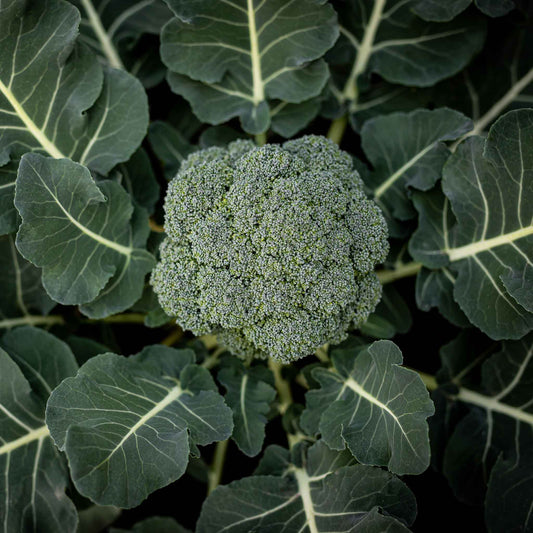
Broccoli Seeds (Organic) - Calabrese
Slow bolting broccoli that produces over a long seasonBroccoli Seeds (Organic) - Calabrese
Slow bolting broccoli that produces over a long seasonRegular price As Low As $6.99Regular priceUnit price per -
main-collection-product-grid
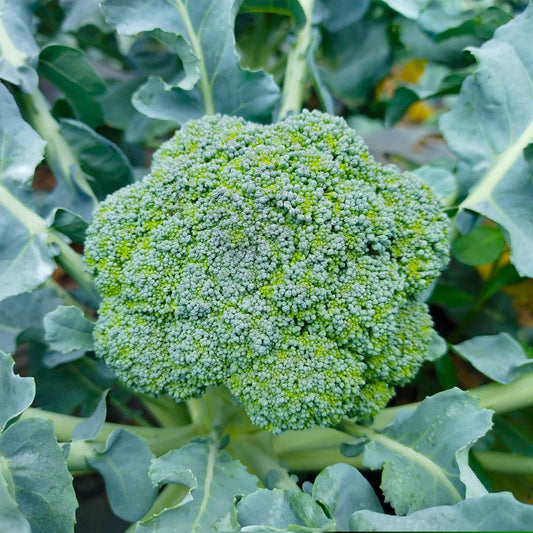
Broccoli Seeds - Waltham 29
One of the highest broccoli yield with big side shootsSaleBroccoli Seeds - Waltham 29
One of the highest broccoli yield with big side shootsRegular price As Low As $4.99Regular priceUnit price per$22.99Sale price As Low As $4.99Sale -
main-collection-product-grid
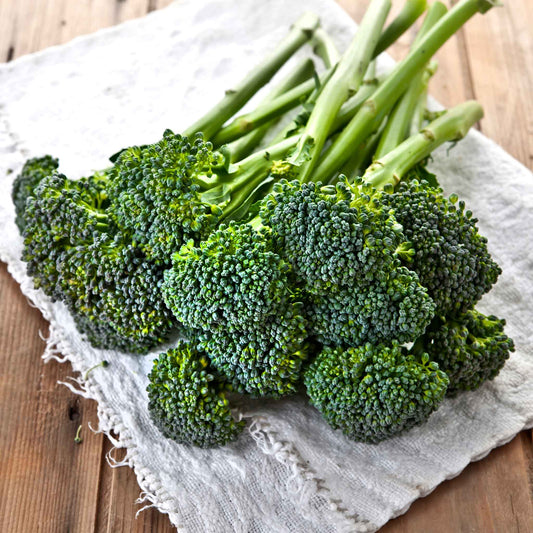
Broccoli Seeds - Di Ciccio
Reliable heirloom that is high yieldingBroccoli Seeds - Di Ciccio
Reliable heirloom that is high yieldingRegular price As Low As $4.99Regular priceUnit price per -
main-collection-product-grid
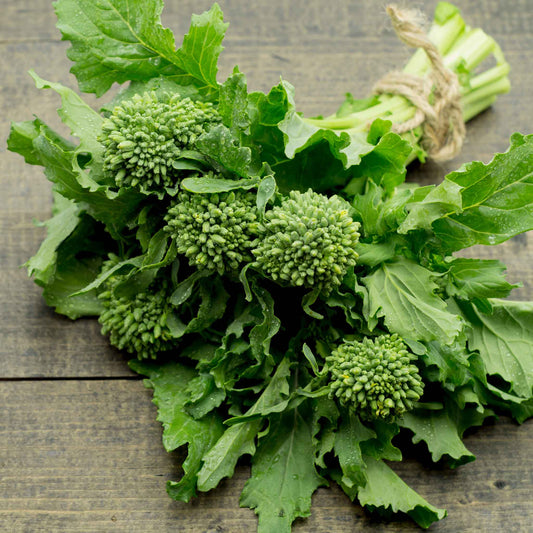
Broccoli-Raab Seeds - Spring Rapini
Tender foliage and delicious buds grace this gourmet broccoliBroccoli-Raab Seeds - Spring Rapini
Tender foliage and delicious buds grace this gourmet broccoliRegular price As Low As $4.99Regular priceUnit price per -
main-collection-product-grid
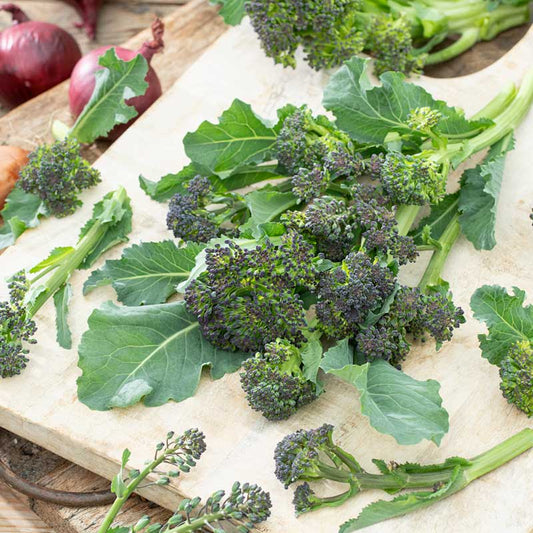
Broccoli Seeds - Purple Sprouting
Sweet tasting and turn green when cookedSaleBroccoli Seeds - Purple Sprouting
Sweet tasting and turn green when cookedRegular price As Low As $4.99Regular priceUnit price per$31.99Sale price As Low As $4.99Sale -
main-collection-product-grid
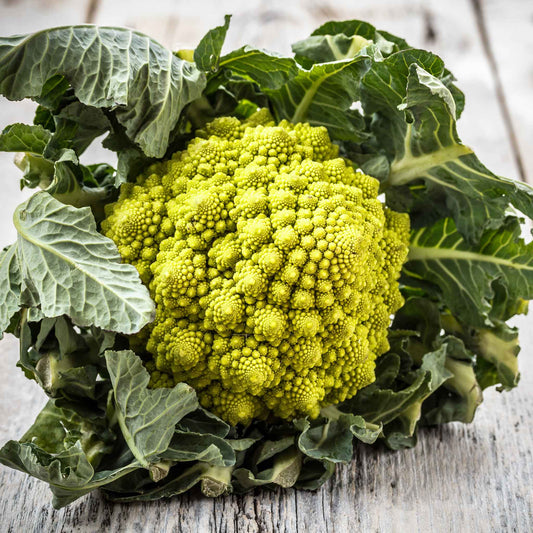
Broccoli Seeds - Romanesco
Unique broccoli with bright green heads on a cauliflower-type plantBroccoli Seeds - Romanesco
Unique broccoli with bright green heads on a cauliflower-type plantRegular price As Low As $4.99Regular priceUnit price per -
main-collection-product-grid
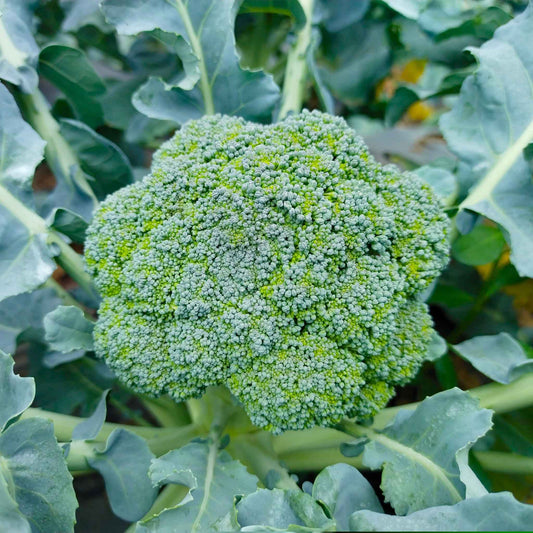
Broccoli Seeds (Organic) - Waltham 29
Big side shoots and high yieldsSaleBroccoli Seeds (Organic) - Waltham 29
Big side shoots and high yieldsRegular price As Low As $6.99Regular priceUnit price per$21.99Sale price As Low As $6.99Sale
About our broccoli seeds
- 8 broccoli seed varieties
- Prefers full sun exposure
- Typically harvested from October to May
- Best known for its nutritional benefits
how to grow broccoli from seed
A powerhouse source of vitamins A and K, as well as containing cholesterol-lowering benefits, broccoli is a thriving cool season vegetable and can germinate in temperatures as low as 40°F. In colder zones, plant broccoli seeds two to three weeks before the last spring frost. In warmer zones, seeds can be started in fall and will be ready to harvest 50 to 200 days after sowing, depending on the variety and planting zone. Broccoli prefers full sun conditions with moist but properly drained soil. Plant your seeds 1/2 inch deep and approximately 12 to 24 inches apart. Be sure to keep seedlings watered, but once the broccoli matures it is crucial not to get broccoli heads wet when watering. Harvest broccoli when the buds of the head are firm. Cut the stalk of the main head at a slant, and smaller shoots will grow from where you've cut. Keep in mind that this fast-growing vegetable reaches a height of approximately 24 to 35 inches tall. If left unharvested, the buds bear yellow flowers with four petals and produce silique fruits, or dry capsules. Store broccoli in your refrigerator's crisper drawer for up to one week after harvest.
the history of broccoli
Broccoli is believed to have originated in the Mediterranean and has since made its appearance in many recipes. Considered a very valuable food by the Italians since the Roman Empire, broccoli was referred to as "Italian asparagus" when it was first introduced in England in the mid-18th century. Then it was introduced to the United States by Southern Italian immigrants, but did not become widely popular until the 1920s. It's often cooked and added to salads, soups, and side dishes or it can be boiled, steamed, and used in stir-frying. Alternatively, broccoli is considered a very popular raw vegetable. However you choose to prepare this delicious, leafy vegetable, remember that all parts of the broccoli plant are edible. You can eat the broccoli crown, stem, and leaves. The only non-edible part of this plant are the seeds, which can be poisonous if ingested.
Some companion plants to broccoli are beets, cucumbers, lettuce, radishes, spinach, and swiss chard.
For more information about planting, growing, and caring for broccoli seeds, see the Broccoli Seeds Planting Guide.







